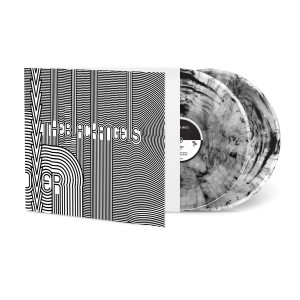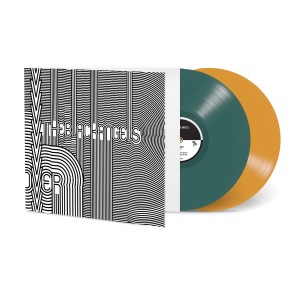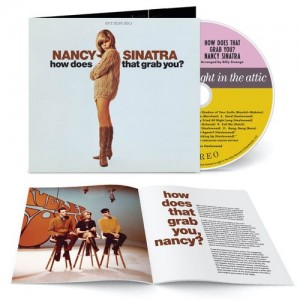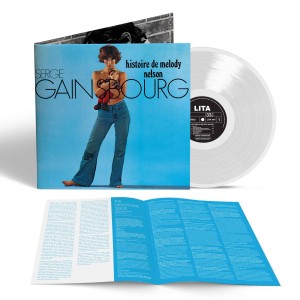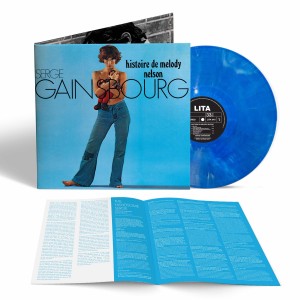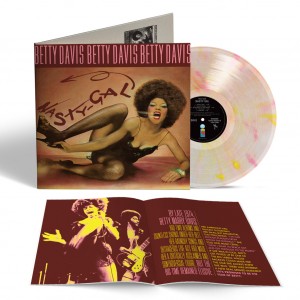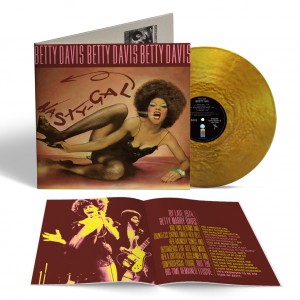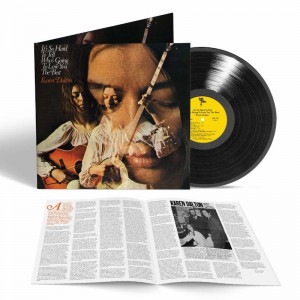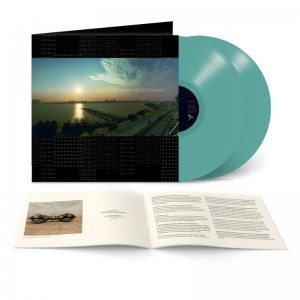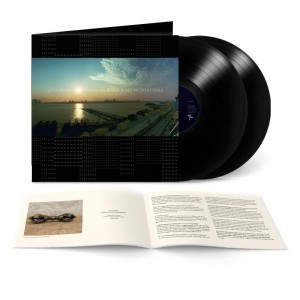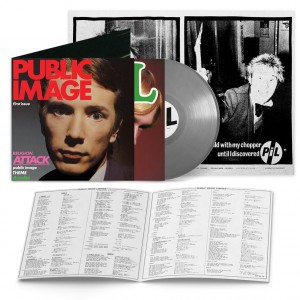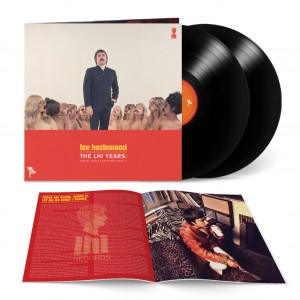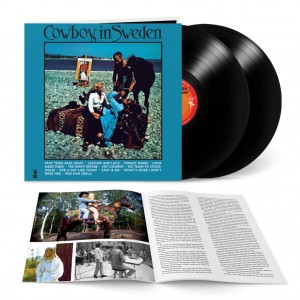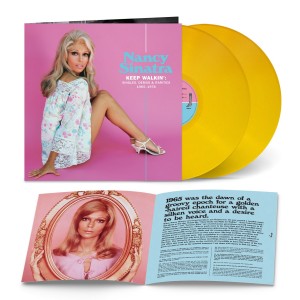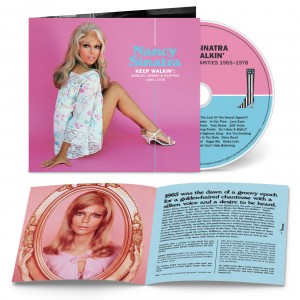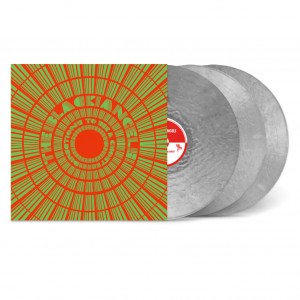Light in the Attic continues to celebrate the influential career of singer, actress, activist, and icon Nancy Sinatra with a captivating new collection, Keep Walkin’: Singles, Demos & Rarities 1965-1978. Exploring the lesser-known gems from Sinatra’s rich catalog through 25 B-sides, rare singles, covers, demos, and previously-unreleased recordings, Keep Walkin’ was remastered by the GRAMMY®-nominated engineer John Baldwin.
The 2-LP set, pressed at Record Technology, Inc. (RTI), is presented in an expanded gatefold jacket and accompanied by a 24-page booklet (also included in the CD edition as a 40-page booklet), featuring an array of photos from the artist’s personal collection, as well as a new in-depth Q&A with Sinatra, conducted by the reissue’s GRAMMY®-nominated co-producer, Hunter Lea. The booklet also contains a fascinating interview with keyboardist Don Randi (The Wrecking Crew), who recently spoke to Lea about his hit-filled career and his 50 years of work with Nancy.
Keep Walkin’: Singles, Demos & Rarities 1965-1978 serves as a companion to the widely-acclaimed 2021 career-spanning retrospective, Start Walkin’ 1965-1976, and marks the latest release in LITA’s ongoing Nancy Sinatra Archival Series, a partnership with the legendary artist, which honors her musical legacy through lovingly curated reissues (including her 1966 debut, Boots and the 1968 classic, Nancy & Lee), limited-edition merch, and other special releases.
More on Keep Walkin’: Singles, Demos & Rarities 1965-1978:
In 1965, 25-year-old Nancy Sinatra scored her first No.1 hit with “These Boots are Made for Walkin’,” a bold anthem for female empowerment. Brazen, sassy, and utterly infectious, it was a reintroduction of sorts for the eldest daughter of Frank Sinatra, who had been struggling to find a spotlight of her own amid a changing musical landscape. Suddenly, audiences who had initially brushed off Sinatra as too demure or out-of-touch were paying attention. Written and produced by Oklahoma-born songsmith Lee Hazlewood (with swaggering instrumentals, courtesy of Billy Strange and The Wrecking Crew), the song launched the singer’s career, as well as one of music’s most unlikely, yet compelling, creative partnerships.
Over the next decade, Sinatra continued to notch multiple hits on both sides of the Atlantic, including “Sugar Town,” “How Does That Grab You, Darlin?,” and a haunting rendition of the Sonny Bono-penned “Bang Bang (My Baby Shot Me Down).” The singer also paired up with Hazlewood for a series of popular duets (“Summer Wine,” “Jackson,” and “Some Velvet Morning”) and collaborative albums. In between best-selling LPs like Boots (1966), How Does That Grab You (1966), and Nancy & Lee (1968), Sinatra performed the theme song to the 1967 James Bond film, You Only Live Twice, and collaborated with her father on the global chart-topper, “Somethin’ Stupid.”
While these career landmarks are well-documented in the annals of pop culture history, however, much of Sinatra’s catalog remains sorely overlooked. As Keep Walkin’ co-producer Hunter Lea explains, “With the changing taste of the record-buying public in the late 1960s and the counterculture taking over, artists like Nancy Sinatra weren’t in the mainstream as they once were.” Despite that fact, “[Sinatra] kept working, recording, and performing at a voracious pace.”
Lea continues, “This compilation is a celebration of some of the many glorious recordings that may have been overlooked, forgotten, or never even released at the time. The obscurity of some of these recordings doesn’t mask the genius, brilliance, and effort that went into them; on the contrary, it’s incredible to learn that some of the lost gems are just as rich as the national treasures.”
Among the highlights is the spritely opener “The City Never Sleeps at Night,” which served as the B-Side to “These Boots Were Made for Walkin’.” Overshadowed by the colossal success of its A-side, it’s no surprise that the cinematic tune never had its proper due. Yet, Lea reveals, Hazlewood initially intended to make it the focus single. Another long-lost B-side is “The Last of the Secret Agents?,” which was paired with the Top 10 hit, “How Does That Grab You, Darlin’?” The playful song, written by Hazlewood, served as the theme to the 1966 comedy of the same name, in which Sinatra co-starred alongside Marty Allen and Steve Rossi.
Keep Walkin’ also features several choice A-sides that were never included on albums and were overlooked for one reason or another. Among them is 1966’s “In Our Time,” a rebellious anthem for ‘60s youth, which references drug culture and women’s liberation, among other topics. Speaking to the Hazlewood-penned track, Sinatra recalls, “That was a fun song. Lee was starting to do his ‘anti’ stuff. He was cynical and it showed in his writing at some point.” But, despite the themes of the song, Nancy laments that she was never embraced by the counterculture. “[drugs] knocked me out of the picture completely. I was so far removed from the hip people in those days. I think they probably made fun of my stuff.” Another stylistic departure for both artists is “Love Eyes,” a bluesy, soulful single from 1966. The song, Nancy shares, is “one of my favorites. I think what helped Lee’s writing at that point was the bigger sound.… I really love it. I think it holds up to this day.” She adds that her dreamy vocal performance was inspired by early female R&B stars like Ruth Brown and LaVern Baker.
The collection also features several outstanding covers, including a previously-unreleased rendition of the Barry Mann/Cynthia Weil classic, “I Just Can’t Help Believing” (a hit for both B.J. Thomas and Elvis Presley). This 1978 recording, reimagined as a duet, marked one of Sinatra’s brief reunions with Hazlewood, following his abrupt move to Sweden not long after 1972’s Nancy & Lee Again. Another choice track finds Nancy interpreting Neil Diamond’s “Glory Road.” Released as a single in 1971, it features one of the singer’s most cherished vocal performances. “After I worked on my voice and improved as a performer and as a singer, I embraced Neil Diamond. Anything I did by Neil Diamond, to me, is my best work.”
Nancy also looks back fondly on her moving rendition of Bill Withers’ “Ain’t No Sunshine,” released in 1973 as the B-side to “Sugar Me.” The recording (which features particularly lush orchestral arrangements by Billy Strange) reunited Nancy with another close collaborator, Jimmy Bowen, who produced the singer in the early ‘60s and later introduced her to Hazlewood. “I love Jimmy,” she declares. “The records we did early on…had a depth to them that I appreciated. He heard me and saw me in a different light; he saw me as a much more serious performer, which I appreciated.”
Listeners will also be delighted to hear a pair of previously-unreleased demos: “Something Pretty” (the 1968 country hit, made famous by Wynn Stewart) and the theme to the 1965 Richard Rogers/Stephen Sondheim musical, Do I Hear a Waltz?, both of which were intended for a self-described “disco” record. Despite the two catchy takes featured on Keep Walkin’, Sinatra calls the shelved album “A disaster. I called it the disco fiasco!”
Offering additional insight into Sinatra’s career is music director, songwriter, and keyboardist, Don Randi. A member of the hallowed Wrecking Crew collective, Randi was one of the most prolific session musicians of the ‘60s and ‘70s with hundreds of credits to his name, including The Beach Boys’ “Good Vibrations,” Linda Ronstadt’s “Different Drum,” and “These Boots are Made For Walkin’” – his first recording with Sinatra. For the next fifty years, he would be a fixture at her sessions and live shows. He also appears on nearly every track in this collection.
Speaking to Lea, Randi delves deep into his time with Sinatra, with a palpable admiration for the singer. “She was easy to work with,” he shares. “She was always wonderful to musicians; nobody even comes close.” The keyboardist, who met Sinatra through Hazlewood, also recalls the magic of that partnership. “I always liked working with Nancy & Lee. They had something very special that they could get out of each other. It was a good team.”
He continues, “Sinatra stood up for herself [around Lee]…He could be so cantankerous…but that’s Lee…. [Nancy] saw through it. She was so lovely and helpful to him a number of times when he really needed someone to talk to.” That said, Randi also appreciates the power of Sinatra’s solo performances. “I never thought she really needed [Hazlewood},” he reveals. “I thought her shows were just as well with everybody else; they were excellent.”
After stepping back from the industry in the ‘70s to focus on her young family, Sinatra returned to the spotlight in the mid-90s, releasing a string of new albums, including the star-studded Nancy Sinatra, which paired the artist with some of her biggest fans, including Morrissey, U2, Calexico, and Sonic Youth. Since then, Nancy’s legacy has only continued to grow. In more recent years, her impact has been recognized by the likes of Pitchfork, NPR, and Rolling Stone, while in 2020, “Boots” was inducted into the GRAMMY® Hall of Fame. Today, Sinatra remains a force in the industry, as new generations discover her influential catalog, which boasts nearly 20 studio albums and dozens of charting singles.
TRACK LISTING
The City Never Sleeps At Night
The Last Of The Secret Agents
My Baby Cried All Night Long
Shades
In Our Time
Love Eyes
Rockin' Rock And Roll (1st TIME ON VINYL)
This Town
Tony Rome
100 Years
See The Little Children
Something Pretty (PREVIOUSLY UNRELEASED)
Do I Hear A Waltz (PREVIOUSLY UNRELEASED)
Drummer Man
Zodiac Blues (1st TIME ON VINYL)
Highway Song
Are You Growing Tired Of My Love
Flowers In The Rain
Glory Road
Ain't No Sunshine
Easy Evil (1st TIME ON VINYL)
Sugar Me
Kinky Love
Dolly And Hawkeye
I Just Can't Help Believing - Nancy Sinatra And Lee Hazlewood (PREVIOUSLY UNRELEASED)



